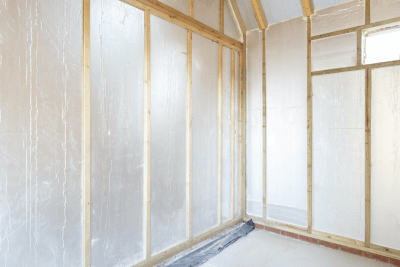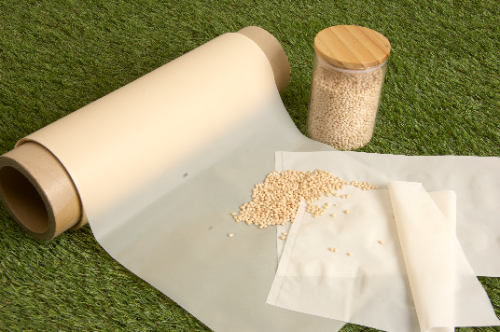What Is an Optical Encoder?
An optical encoder is a type of encoder that utilizes an optical sensor to detect and measure physical quantities such as linear axis movement and rotation angle. This device converts position information into electrical signals through the interaction of light with a coded pattern on a disk.
Uses of Optical Encoders
Due to their high accuracy, resolution, and speed, optical encoders are integral in controlling servo motors, elevator motors, through-axis motors, and high-speed rotating motors in industrial equipment. They are particularly advantageous in environments with strong magnetic fields, such as MRI equipment and linear motor-type actuators.
Structure of Optical Encoders
The construction of an optical encoder involves:
1. Light Emitting Element (LED)
An infrared LED is commonly used as the light source in optical encoders, though colored LEDs or laser diodes may be employed for enhanced performance and resolution.
2. Lens
A lens focuses the emitted light into a parallel beam, ensuring accurate detection by the optical sensor.
3. Code Wheel
The code wheel, which can be made from metal, resin, or glass, features slits or patterns that modulate the light beam. The material choice is dictated by application requirements, balancing factors like cost, precision, and environmental resistance.
4. Photodetectors
Photodiodes or phototransistors capture the modulated light and convert it into electrical signals. These sensors are fabricated from semiconductor materials optimized for light detection.
Types of Optical Encoders
Optical encoders are categorized into:
1. Transmissive Type
This configuration positions the light source and sensor on opposite sides of the code wheel, detecting light that passes through the slits.
2. Reflective Type
Here, the light source and sensor are located on the same side, with light reflected from the code wheel’s surface being detected.
Principle of Optical Encoders
Optical encoders generate pulse signals by modulating light through or off the code wheel’s pattern. The frequency of these pulses correlates with the movement speed, while the phase difference between the two signals indicates rotation direction.
How to Select Optical Encoders
Selection considerations include the encoder’s resolution, which is limited by the physical dimensions of the code wheel’s slits, and environmental factors such as dust and oil, which can interfere with light transmission. Optical encoders also tend to have higher power requirements due to the continuous operation of the light source.



